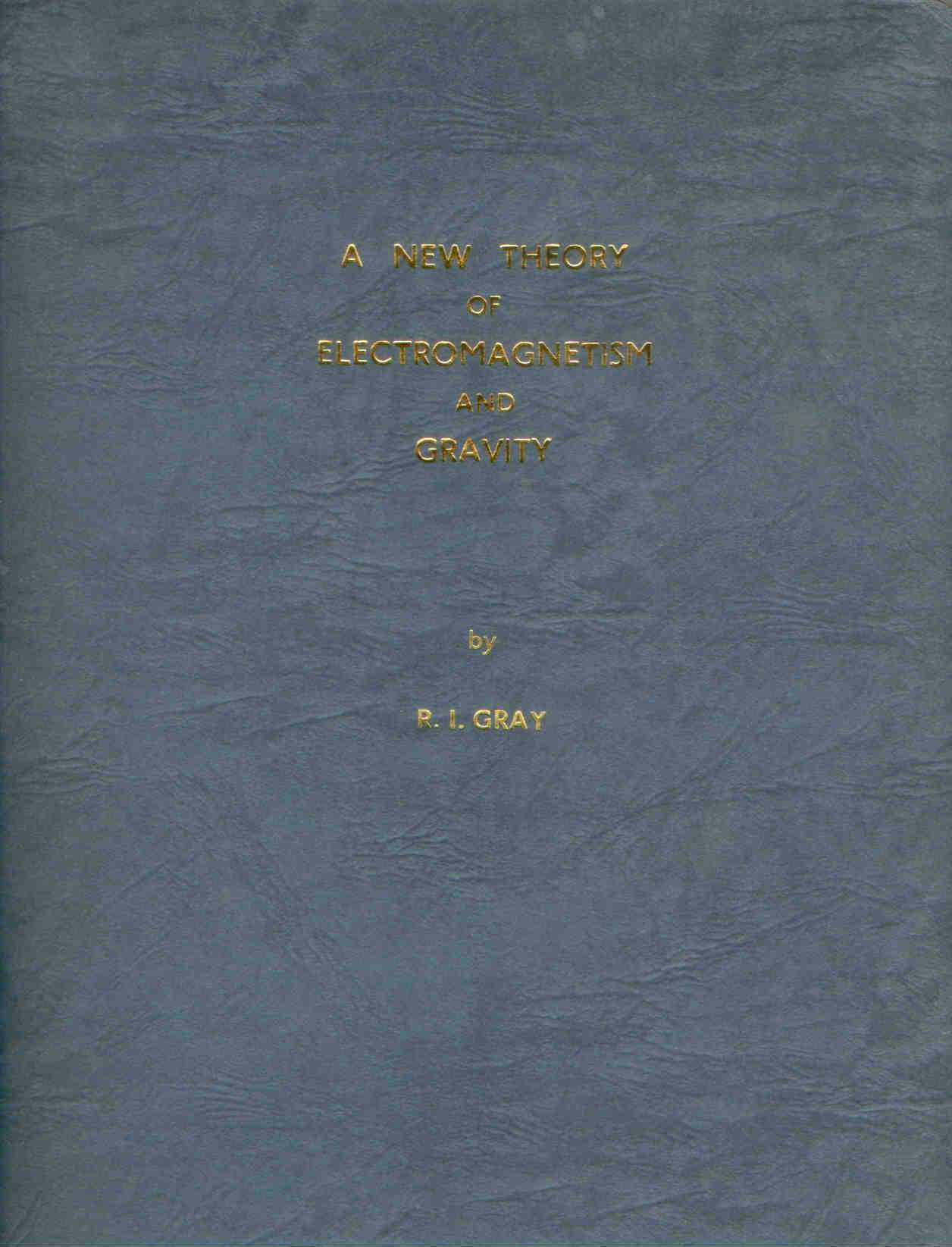For over 300 years the conflict between electromagnetic wave and particle theories has engaged the minds of physicists and mathematicians, the cleavage being accentuated rather than reduced by the advent of wave mechanics. The classical electromagnetic theory of Maxwell, which has never claimed to be other than a linear, macroscopic theory, fails to explain the kno\'lm, quantized, particle structure of the Universe and yet it provides an excellent fit to the experimental data at lower frequericies.
The linear electromagnetic equations, which ignore all higher order terms are, like the equation of S.H.M. applicable to the spring supported mass and the pendulum, only true as the displacement tends to zero. By means of lasers it has recently been proved that optical media are amplitude non-linear. Nor is the vacuum an exception to this rule. The fact of Dirac/s vacuum state is amply supported by experimental evidence of electron-positron pair production and annihilation (Ref. 10, pp. 214 to 219). The vacuum can be ionized, to yield a pair, with a potential energy of 2mec2 ~ 1.02 MeV and this corresponds to the resonant peak of the dispersion characteristic. Optical photons with energies of only one to three eVe can produce virtual pairs in the phenomenon of light scattering by light, demonstration of which, in vacuo, awaits the inevitable development of more powerful lasers and x-ray-asers.
Perhaps least well known of all the anomalies are the contradications within the classical tHeory itself. \'l\'hese are discussed at some length in this paper.
All these anomalies spring from the same root cause and in order to eliminate them a new unified theory of electromagnetism and gravity has been developed by the Author over the last 10 years. \'rhis theory, which quantizes naturally and necessarily, removes all the known anomalies and yields Maxwell.ls equations as a very good approximation when the signal. frequency is so low compared with the \"Zitterbewegung\" frequency of the electron that the use of differential wave equations introduces negligible error. This paper is a synopsis of a book which is soon to be published.



